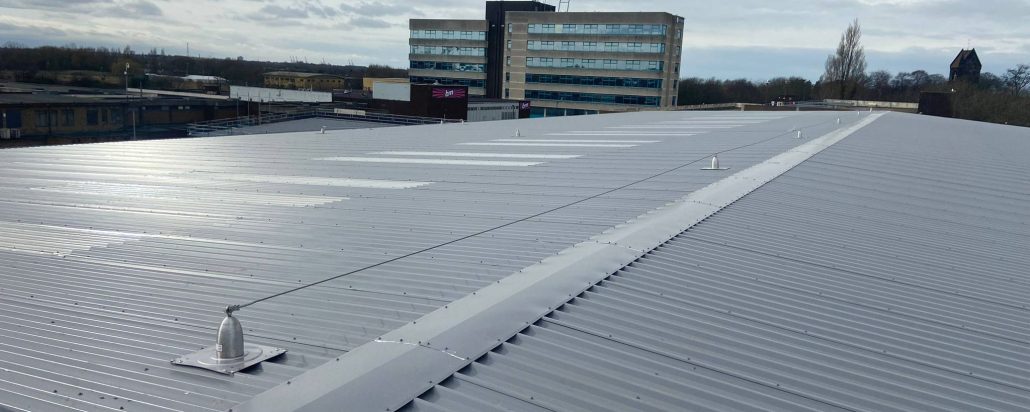
Safety Line Fall Prevention Systems: A Comprehensive Guide
In industries where working at heights is a daily necessity, ensuring worker safety is critical. One of the most effective solutions for mitigating the risk of falls is the use of safety line fall prevention systems. These systems provide a reliable way to protect workers, reduce accidents, and comply with workplace safety regulations.
What Are Safety Line Fall Prevention Systems?
Safety line fall prevention systems, also known as lifeline systems, are designed to prevent falls from heights by offering continuous protection to workers. These systems include a horizontal or vertical lifeline, which is secured to a stable structure, and harnesses or lanyards that connect workers to the lifeline. In the event of a slip or fall, the system will arrest the fall and minimize injury.
Key Components of a Fall Prevention System
A typical safety line system consists of the following components:
- Anchorage: A fixed point that the lifeline or safety line is attached to.
- Lifeline: A flexible or rigid line that workers connect to via a lanyard or harness.
- Body Support: Harnesses or lanyards that are worn by workers, designed to distribute forces during a fall arrest.
- Connectors: Snap hooks, carabiners, or other connecting devices that attach the worker’s harness to the lifeline.
- Energy Absorbers: Devices that reduce the force experienced by the worker during a fall.
Benefits of Using Safety Line Fall Prevention Systems
- Improved Safety: The most obvious benefit of these systems is the protection they provide. Falls from heights are one of the leading causes of workplace injuries and fatalities, and fall prevention systems significantly reduce this risk.
- Regulatory Compliance: In many industries, employers are required by HSE and other safety organisations to implement fall protection systems for workers exposed to height-related hazards. Using safety line systems ensures compliance with these laws.
- Enhanced Mobility: Many lifeline systems are designed to allow workers to move freely along the length of the line while still being protected. This increases productivity without compromising safety.
- Ease of Installation: Lifeline systems can be installed in various environments, including rooftops, construction sites, scaffolding, and more. They are versatile and adaptable to different heights and layouts.
- Cost-Effective: Preventing falls not only saves lives but also reduces financial losses from workplace injuries, workers’ compensation claims, and downtime.
Types of Safety Line Fall Prevention Systems
- Horizontal Lifeline Systems: These are commonly used in construction, maintenance, and other industries where workers need to move laterally. Horizontal lifelines are anchored at two or more points and run parallel to the working surface.
- Vertical Lifeline Systems: Ideal for workers who need to move up and down, such as those working on ladders or scaffoldings. These systems offer fall protection along the vertical axis.
- Permanent vs. Temporary Systems: Permanent systems are installed for long-term use, such as on rooftops or structures where maintenance workers frequently operate. Temporary systems are portable and can be easily set up and taken down as needed, making them ideal for short-term projects.
Industries That Rely on Safety Line Systems
- Construction: From building skyscrapers to bridges, construction workers often work at extreme heights, making fall prevention systems essential.
- Telecommunications: Workers who install and maintain communication towers need fall protection to prevent accidents.
- Oil & Gas: Offshore platforms and rigs are typically high-risk environments where safety line systems are crucial.
- Manufacturing: Factories and warehouses often have elevated platforms where workers require protection.
- Roofing & Maintenance: Roofers and maintenance workers benefit greatly from lifeline systems to ensure they can complete tasks safely.
Choosing the Right Safety Line System
When selecting a fall prevention system, it’s essential to assess the specific needs of your work environment. Consider the height, type of structure, and mobility required for the job. It’s also important to ensure that the system meets industry standards such as those set by HSE and other regulatory bodies.
Additionally, regular inspection and maintenance of the system are critical. Ensure that all components are checked for wear and tear, and replace any damaged parts immediately.
